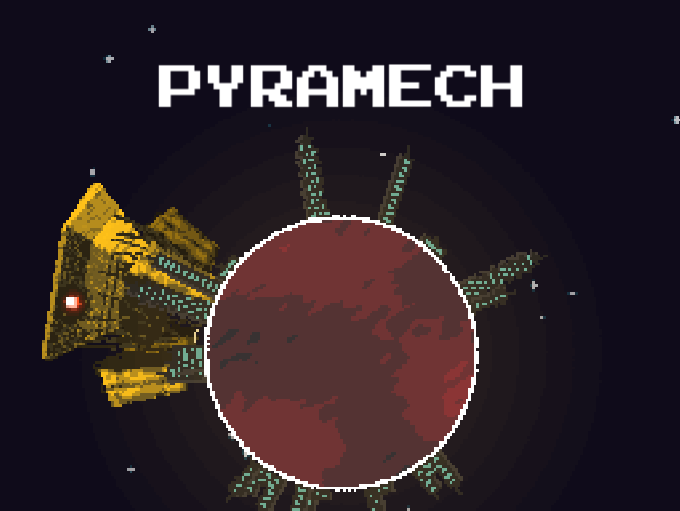This has been a bugbear of mine for sometime now. I like using Python 3.x. I like teaching kids how to use Pygame. I use a Mac.Trying to get all three to play nicely with each other has been impossible for me up to now.
I've trawled through web pages and blog posts that recommend all manner of ways in which you can install Pygame on a Mac for Python 3, I've tried numerous solutions on StackOverflow, and I've even tried angrily shouting at my computer and threatening to throw it out of my classroom window. None of them worked.
- Get past releases and previous versions of PyCharm. Version: 2020.2.5. Build: 202.8194.22. Released: 1 December 2020.
- The project PyOpenCL is probably the easiest way to get started with GP-GPU on a Mac. See also its sister project PyCUDA. $ pip install pyopencl. The centrepiece of OpenCL is a kernel, which is a function (written in a C-like language) that can be applied to chunks of input data.
Python on a Macintosh running Mac OS X is in principle very similar to Python on any other Unix platform, but there are a number of additional features such as the IDE and the Package Manager that are worth pointing out. Getting and Installing MacPython ¶ Mac OS X 10.8 comes with Python 2.7 pre-installed by Apple. PyTorch is a Python package that provides two high-level features: Tensor computation (like NumPy) with strong GPU acceleration Deep neural networks built on a tape-based autograd system You can reuse your favorite Python packages such as NumPy, SciPy and Cython to extend PyTorch when needed.
Today I finally nailed it, and I have Pygame running. Here' what I did.
And that's it. If you have any problems yourself or a better way then please let me know in the comments.
note: the smpeg install is failing for me at the moment, so I'll look into this a little more. Pygame seems to be working without it though.
update
I had some brew doctor issues (around 20!), which might have been due to me trying to install Pygame from source earlier and therefore manually installing all the dependencies, which then conflicted with homebrew.
I deleted everything brew doctor suggested and overwrote all links as suggested. The brew install --HEAD smpeg suddenly worked (although that might have been because I was no longer behind a proxy). I then did a brew unlink jpeg and brew link --overwrite jpeg.
Everything is working perfectly for now. (Crosses fingers, touches wood and searches for a black cat to cross his path.)
Mac OS X comes with Python 2.7 out of the box.
You do not need to install or configure anything else to use Python 2. Boating adventures mac os. Theseinstructions document the installation of Python 3.
The version of Python that ships with OS X is great for learning, but it's notgood for development. The version shipped with OS X may be out of date from theofficial current Python release,which is considered the stable production version.
Doing it Right¶
Let's install a real version of Python.
Before installing Python, you'll need to install GCC. GCC can be obtainedby downloading Xcode, the smallerCommand Line Tools (must have anApple account) or the even smaller OSX-GCC-Installerpackage.
Note
If you already have Xcode installed, do not install OSX-GCC-Installer.In combination, the software can cause issues that are difficult todiagnose.
Note
If you perform a fresh install of Xcode, you will also need to add thecommandline tools by running xcode-select--install on the terminal.
While OS X comes with a large number of Unix utilities, those familiar withLinux systems will notice one key component missing: a package manager.Homebrew fills this void.
To install Homebrew, open Terminal oryour favorite OS X terminal emulator and run
Pyramech Mac Os Download

The script will explain what changes it will make and prompt you before theinstallation begins.Once you've installed Homebrew, insert the Homebrew directory at the topof your PATH environment variable. You can do this by adding the followingline at the bottom of your ~/.profile file
Pyramech Mac Os X
If you have OS X 10.12 (Sierra) or older use this line instead
Now, we can install Python 3:
This will take a minute or two.
Pip¶
Homebrew installs pip pointing to the Homebrew'd Python 3 for you.
Working with Python 3¶
At this point, you have the system Python 2.7 available, potentially theHomebrew version of Python 2 installed, and the Homebrewversion of Python 3 as well.
will launch the Homebrew-installed Python 3 interpreter.
will launch the Homebrew-installed Python 2 interpreter (if any).
will launch the Homebrew-installed Python 3 interpreter.
If the Homebrew version of Python 2 is installed then pip2 will point to Python 2.If the Homebrew version of Python 3 is installed then pip will point to Python 3.
The rest of the guide will assume that python references Python 3.
Pipenv & Virtual Environments¶
The next step is to install Pipenv, so you can install dependencies and manage virtual environments.
A Virtual Environment is a tool to keep the dependencies required by different projectsin separate places, by creating virtual Python environments for them. It solves the'Project X depends on version 1.x but, Project Y needs 4.x' dilemma, and keepsyour global site-packages directory clean and manageable.
For example, you can work on a project which requires Django 1.10 while alsomaintaining a project which requires Django 1.8.

The script will explain what changes it will make and prompt you before theinstallation begins.Once you've installed Homebrew, insert the Homebrew directory at the topof your PATH environment variable. You can do this by adding the followingline at the bottom of your ~/.profile file
Pyramech Mac Os X
If you have OS X 10.12 (Sierra) or older use this line instead
Now, we can install Python 3:
This will take a minute or two.
Pip¶
Homebrew installs pip pointing to the Homebrew'd Python 3 for you.
Working with Python 3¶
At this point, you have the system Python 2.7 available, potentially theHomebrew version of Python 2 installed, and the Homebrewversion of Python 3 as well.
will launch the Homebrew-installed Python 3 interpreter.
will launch the Homebrew-installed Python 2 interpreter (if any).
will launch the Homebrew-installed Python 3 interpreter.
If the Homebrew version of Python 2 is installed then pip2 will point to Python 2.If the Homebrew version of Python 3 is installed then pip will point to Python 3.
The rest of the guide will assume that python references Python 3.
Pipenv & Virtual Environments¶
The next step is to install Pipenv, so you can install dependencies and manage virtual environments.
A Virtual Environment is a tool to keep the dependencies required by different projectsin separate places, by creating virtual Python environments for them. It solves the'Project X depends on version 1.x but, Project Y needs 4.x' dilemma, and keepsyour global site-packages directory clean and manageable.
For example, you can work on a project which requires Django 1.10 while alsomaintaining a project which requires Django 1.8.
So, onward! To the Pipenv & Virtual Environments docs!
This page is a remixed version of another guide,which is available under the same license.

